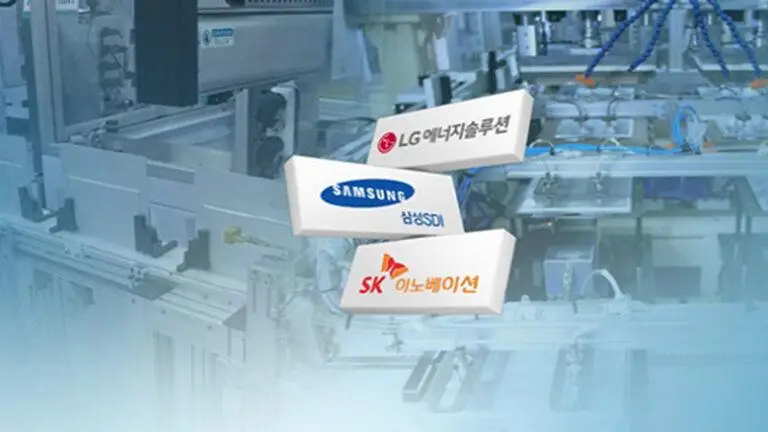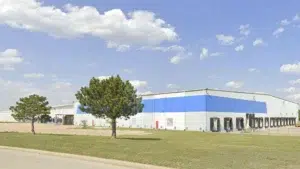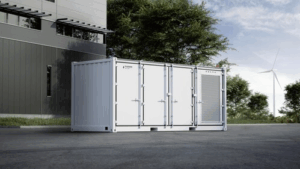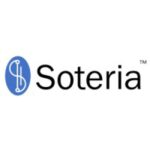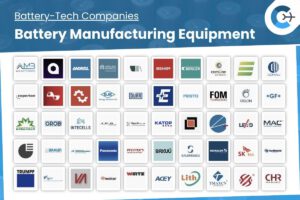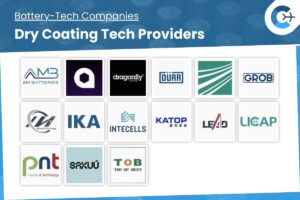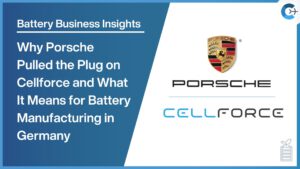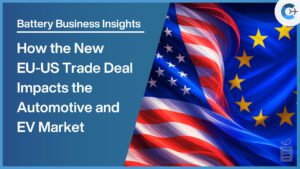South Korea’s leading battery producers are evaluating strategic shifts after the U.S. House of Representatives approved legislation that would terminate the $7,500 electric vehicle (EV) tax credit by the end of 2026 instead of 2032. Industry analysts warn that higher vehicle costs may slow EV adoption in the United States beginning in 2027, potentially prolonging what is known as the “EV chasm,” a period of market plateau following early growth.
Under the newly passed bill, the Advanced Manufacturing Production Credit (AMPC) established by the Inflation Reduction Act would also see its sunset date moved forward slightly from 2032 to 2031. While earlier projections suggested a 2028 cutoff could cost Korean firms tens of trillions of won in lost incentives, executives say a one-year reduction is manageable. However, the legislation’s Foreign Entity of Concern clause expands restrictions on AMPC eligibility, excluding companies that source materials or components directly from Chinese suppliers.
An executive at a battery cell manufacturer noted that decoupling supply chains from China has become an urgent priority, pointing to the difficulty of replacing Chinese graphite anode materials quickly. China currently accounts for approximately 90 percent of global anode and separator production, and all of last year’s top 10 anode suppliers were Chinese firms. Posco Future M, Korea’s only mass producer of anode materials, dropped from tenth to eleventh place in 2024, but observers believe Korean material suppliers may benefit from forthcoming trade barriers against Chinese competitors.
To mitigate EV subsidy risks, Korean battery companies are accelerating diversification into energy storage systems (ESS) and developing more cost-effective battery chemistries such as high-voltage mid-nickel, lithium iron phosphate, and lithium manganese-rich variants. BloombergNEF data show that ESS battery demand, which was one-fifteenth of EV battery demand in 2020, rose to one-sixth last year. SK On has elevated its ESS division directly under the CEO, while LG Energy Solution and Samsung SDI are exploring applications in humanoid robotics and urban air mobility, partnering with Doosan Bobcat and domestic automakers on robot-specific battery designs.
With the bill awaiting Senate approval and expected to pass largely unchanged, Korean battery makers are intensifying efforts to reduce production costs, diversify their portfolios and secure a foothold in both EV and non-EV markets.
Source: Korea JoongAng Daily

